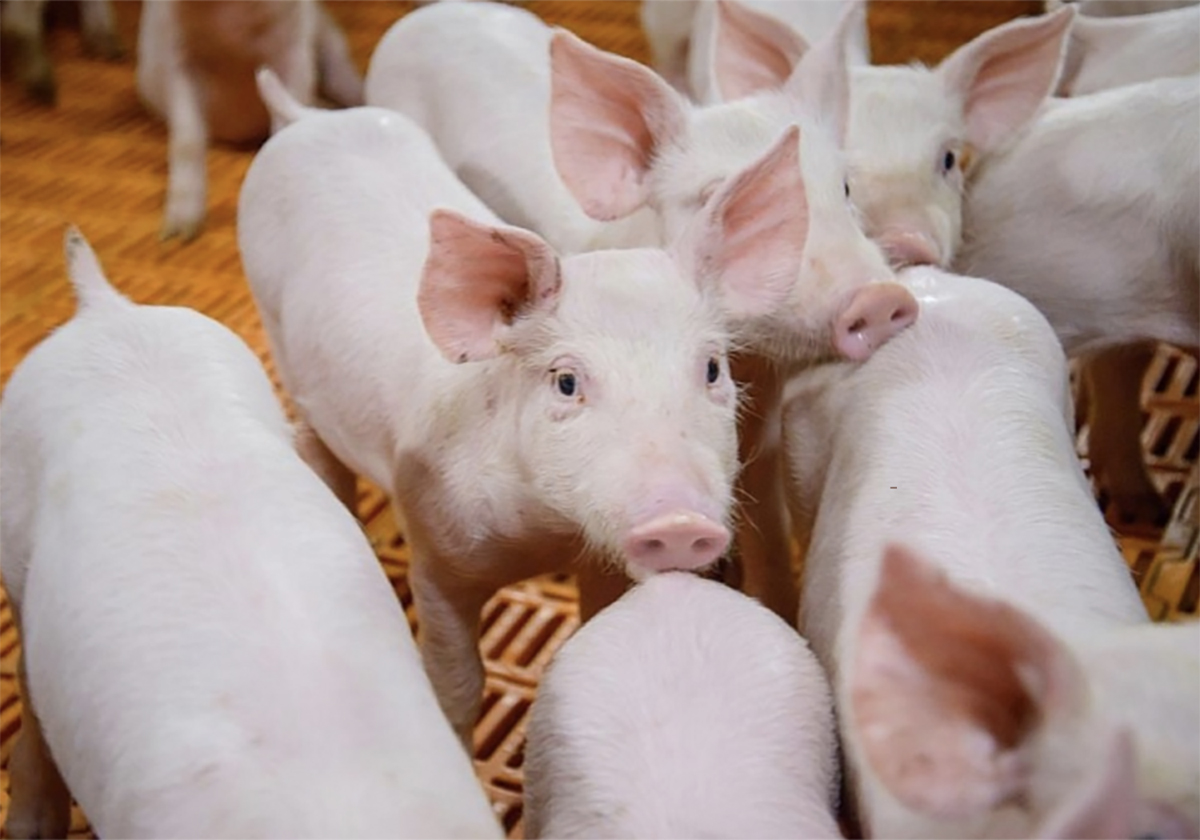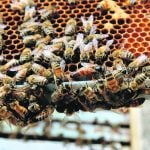Good mud. Bad mud.
For range manager Barry Adams, it is like a mantra.
Every time he shows ranchers a muddy stream trickling across a pasture, he makes them chant the mantra to reinforce the seriousness of erosion along Alberta creeks and wetlands.
The tactic seems to be working.
More producers and scientists are working together to restore riparian areas eroded and trampled by livestock, stripped by logging or ripped apart by bulldozers for urban development in western North America.
For the neophytes in range ecology, Adams and his fisheries biologist partner Lorne Fitch explain the science of rivers in basic terms.
Read Also

The Western Producer Livestock Report – August 28, 2025
Western Producer Livestock Report for August 28, 2025. See U.S. & Canadian hog prices, Canadian bison & lamb market data and sales insights.
Bad mud coats stream banks and reduces water quality.
It happens when sediment is not stopped by vegetation and accumulates in the channel, harming fish and clouding water.
Good mud grows plants that bind soil in place and traps moving sediment to rebuild topsoil and banks.
The physics are simple, says Fitch.
Water runs downhill to create energy and heat. Rivers meander naturally and when people try to straighten the curves, water velocity is increased along with its ability to carry sediment.
When water speed doubles, it increases energy levels by four times and debris-carrying capacity by 64 times.
Allowing a waterway to take its natural course absorbs some of this energy and reduces the water’s sediment-carrying ability.
If grasses and trees are killed, the binding action of their roots is lost. Erosion speeds up and nothing prevents the water from pulling sediment along.
The first symptoms of degradation are wider water channels and collapsing banks. The water table drops and plants, including trees, disappear over time.
When the shade is lost from trees and grasses, fish habitat is affected as water temperatures change.
Some creeks and rivers have become so unstable it may take generations to repair them.
However, most can return to their natural state within three to five years because of the water flow, said riparian ecologist Bill Platts of Idaho. “All streams can come back to near natural conditions.”
However, some closed lakes may be beyond repair, he said.
And repairing some streams takes extra time because soil types are fragile or other users along the water course aren’t co-operating.
Often, agriculture is seen as the most obvious culprit.
“Cattle are part of the landscape but as the dominant species, they can’t be allowed to trample the environment,”Adams said.
Animals seek out streams for shade, water and lush grasses but their grazing patterns should be rotated or timed.
Moving animals regularly to fresh pasture encourages regrowth.
Experts also suggest alternate watering systems like pumping water into troughs to keep animals from wading in a creek, damaging fragile banks.
A last resort is to fence riparian areas but for many, fencing corridors costs too much, said Adams.
It’s not all up to ranchers, however.
Agencies like Ducks Unlimited or Trout Unlimited can be consulted about management plans. In some cases, ranchers and farmers may be asked to keep livestock out of an area until mid-July to give birds a chance to raise their young.
Besides grass, people are trying to encourage the natural return of cottonwoods and willows that will grow back beside waterways even after years of abuse or neglect.
The trees provide shade, nesting areas and root mass to stabilize banks.

















